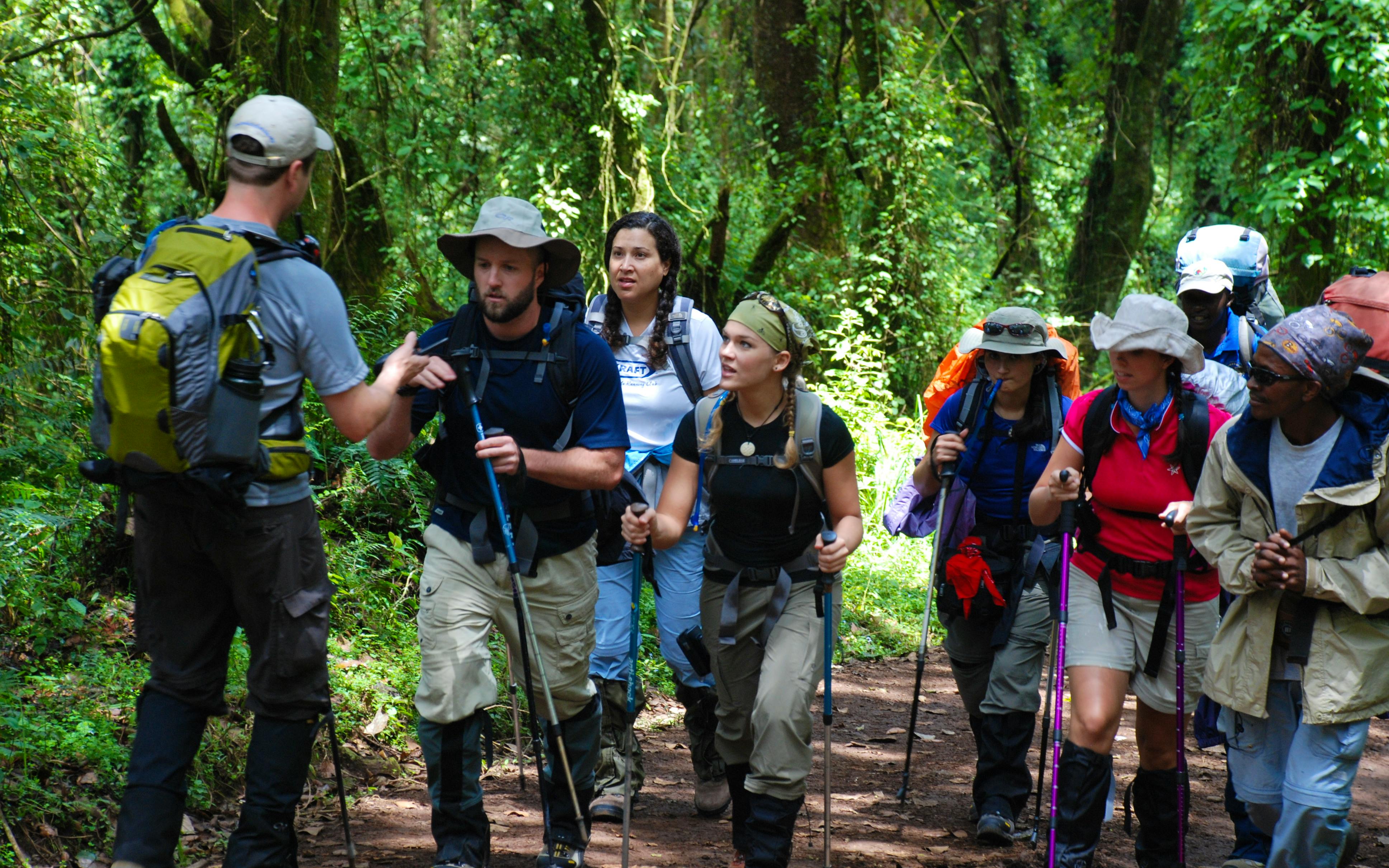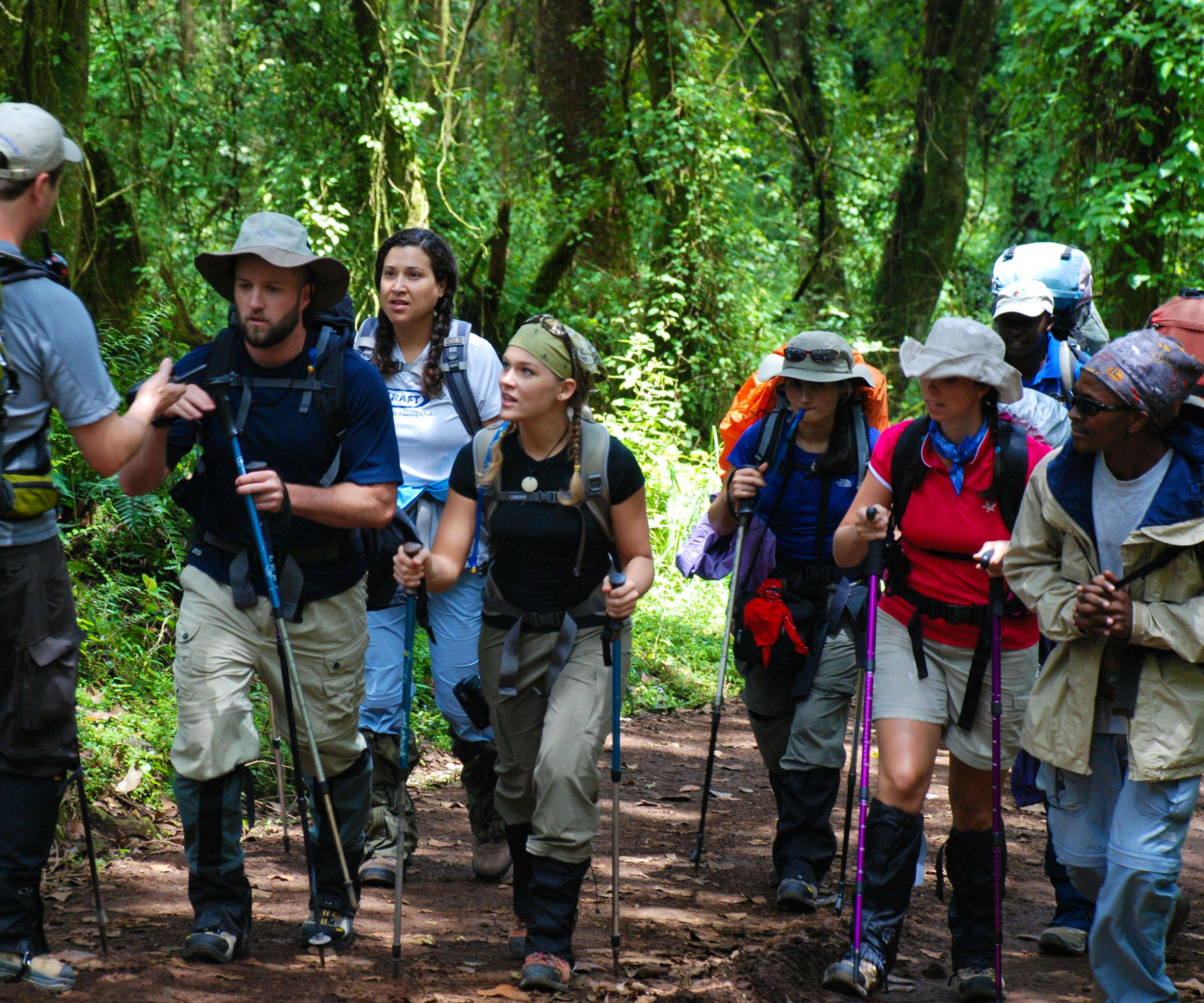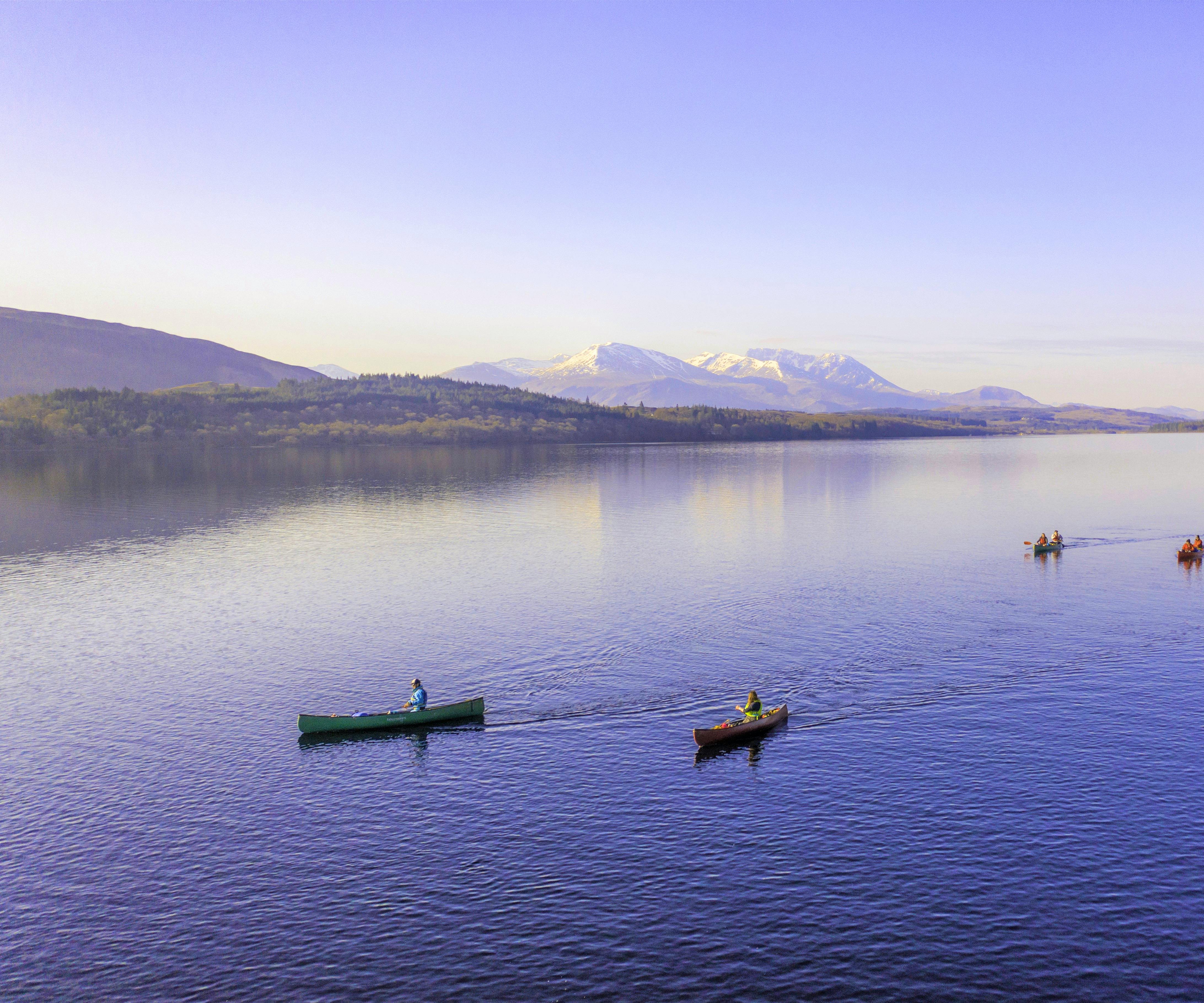What I Wish I Knew Before Climbing Kilimanjaro: 12 Key Insights
As you climb up Kilimanjaro, you’ll experience a real mixed bag of emotions; expect everything from moments of euphoric triumph to unexpected challenges.
No doubt you’ll do a lot of research before and after booking your Kilimanjaro trek. But believe me when I say that it’s impossible to think of everything. Having done the trek twice myself (once via the Machame route and another via the Lemosho route), I have learnt a few things along the way.
So, I am going to share some thoughts with you on what I wish I knew before climbing Kilimanjaro.
It's not just the huge swing in temperature or thinning air that surprises you. Neither is it the fast-changing terrain that will have you doubting your ability to ascend midway up the world's tallest free-standing mountain.
Read on as I tell you what I wish I had known before climbing Kilimanjaro.
12 Things to Know Before Climbing Kilimanjaro
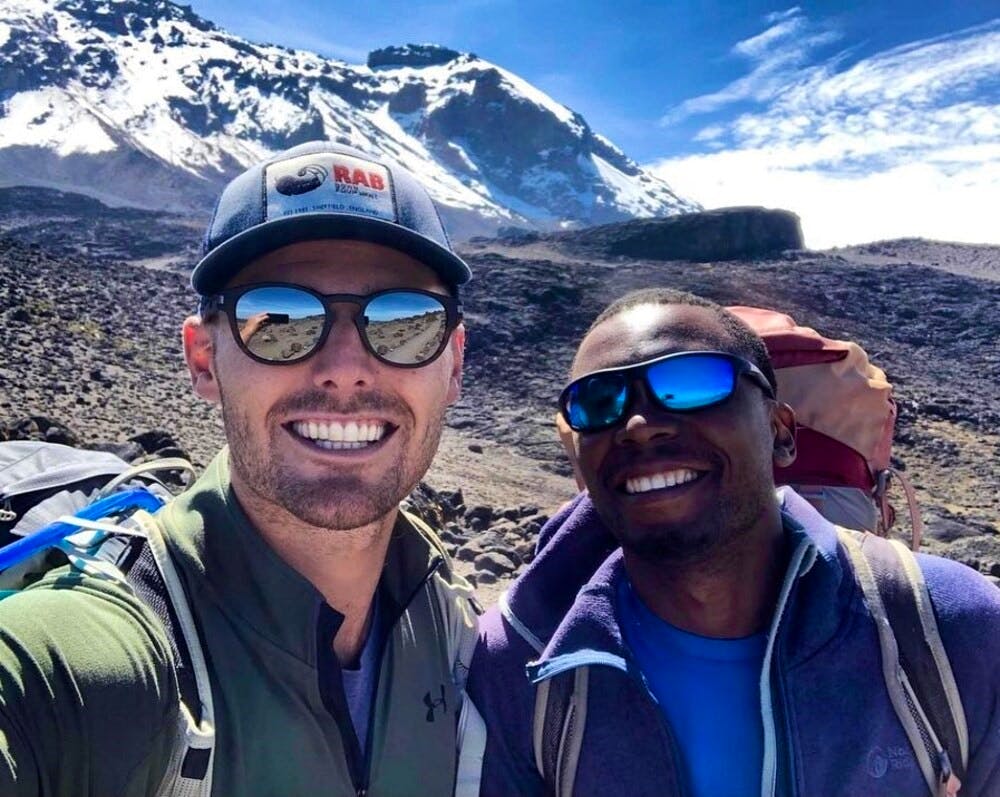
1. Layer Up and Dress Smart
Kilimanjaro boasts five distinct climate zones, from tropical rainforest at the base to arctic conditions at the summit. Each of these climate zones has its unique challenges that you need to prepare for.
It gets frigid as you ascend, and without adequate layering, you may get sick. Mainly, it’s about keeping cool and then warm, while staying dry.
Start layering with a moisture-wicking base layer that directly touches your skin. It helps wick sweat away, keeping you dry and comfortable.
From there, add an insulation layer like fleece or down jacket to provide warmth and retain heat close to your body.
Top it up with a shell layer of waterproof and windproof jackets and pants to protect you against the wind, rain and snow.
Remember to bring a warm beanie, gloves, and sunglasses with UV protection to shield you from the sun. You spend hours trekking in the sun every day, so it helps to cover up as much as you can.
Recommended reading: Kilimanjaro weather and What to Pack for Kilimanjaro.
2. Choose the Right Route to the Summit
There are several routes to the summit, each offering different characteristics, difficulty levels, and sceneries. Before you book your Kilimanjaro climb, do your research and select the route that suits your preferences and fitness level.
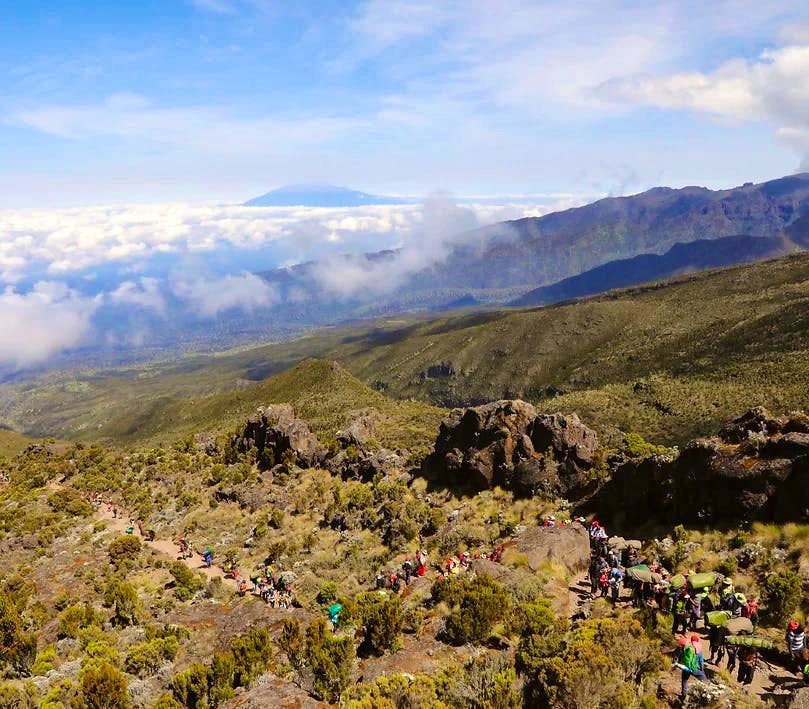
For example, the Northern Circuit and Rongai typically offer a quieter trekking experience.
If you don’t enjoy camping, the Marangu route has accommodation in huts.
Understanding the intricacies of each route and booking your trek accordingly will significantly impact your overall experience.
3. Altitude Sickness is a Possibility
You can get altitude sickness on Kilimanjaro, and to varying degrees, regardless of how fit you are physically.
What I recommend here is it’s essential to know the associated symptoms you might experience. Do that, and you can take appropriate measures before your condition gets worse. Often, it means descending a bit to a level where there’s more oxygen.
Some symptoms to look out for are persistent headaches, fatigue, trouble sleeping, loss of appetite, nausea, vomiting, and shortness of breath.
Altitude sickness is progressive, meaning it can worsen if not addressed. Mild symptoms can escalate into more severe forms, such as High-Altitude Pulmonary Edema (HAPE) or High-Altitude Cerebral Edema (HACE).
While it's easy to mistake these symptoms for other factors associated with the climb, don’t brush them off. Tell your guide immediately if you experience any of the above. They have professional training and can make the right judgement call and take appropriate action to keep you safe.
4. It's a Long Trek, Keep Your Energy Levels Up
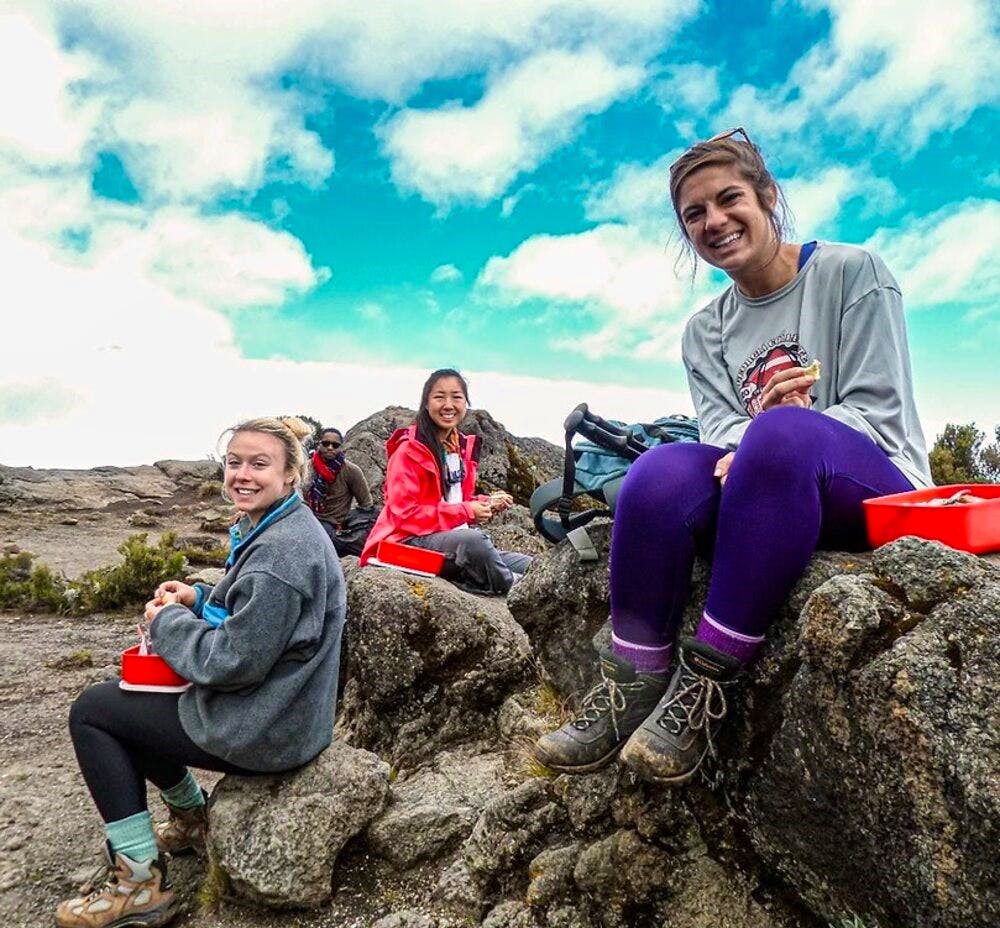
Your amazing chef will cook three hearty meals a day for you. These meals are carefully put together with the aim of providing you with the energy you need to get up the mountain.
However, I also recommend taking your own high-energy snacks to nibble on along the way. There will be plenty of breaks as you trek, and sometimes an energy-packed snack is exactly what you need to keep putting one foot in front of another.
5. You Might Not Sleep Enough on the Mountain
After six to seven hours of hiking, I wanted nothing more than those restful hours - to sleep, dream, and rejuvenate.
Turns out the thin air at high elevations can cause sleep disruptions! You may experience periodic breathing (Cheyne-Stokes respiration), where you breathe more shallowly and wake up more frequently. While this is a natural response to altitude, it's a common cause of lack of sleep on the mountain.
Camping in high-altitude environments is quite different from sleeping in the comfort of your bed. You're more exposed to the elements, the terrain is uneven, and the temperature can vary significantly. Your muscles may ache, your feet can be sore, and sleeping on a thinner mattress in a sleeping bag can be less than ideal for sleep.

Latest Deals
6. It’s Critical to Hike With a Professional Outfit
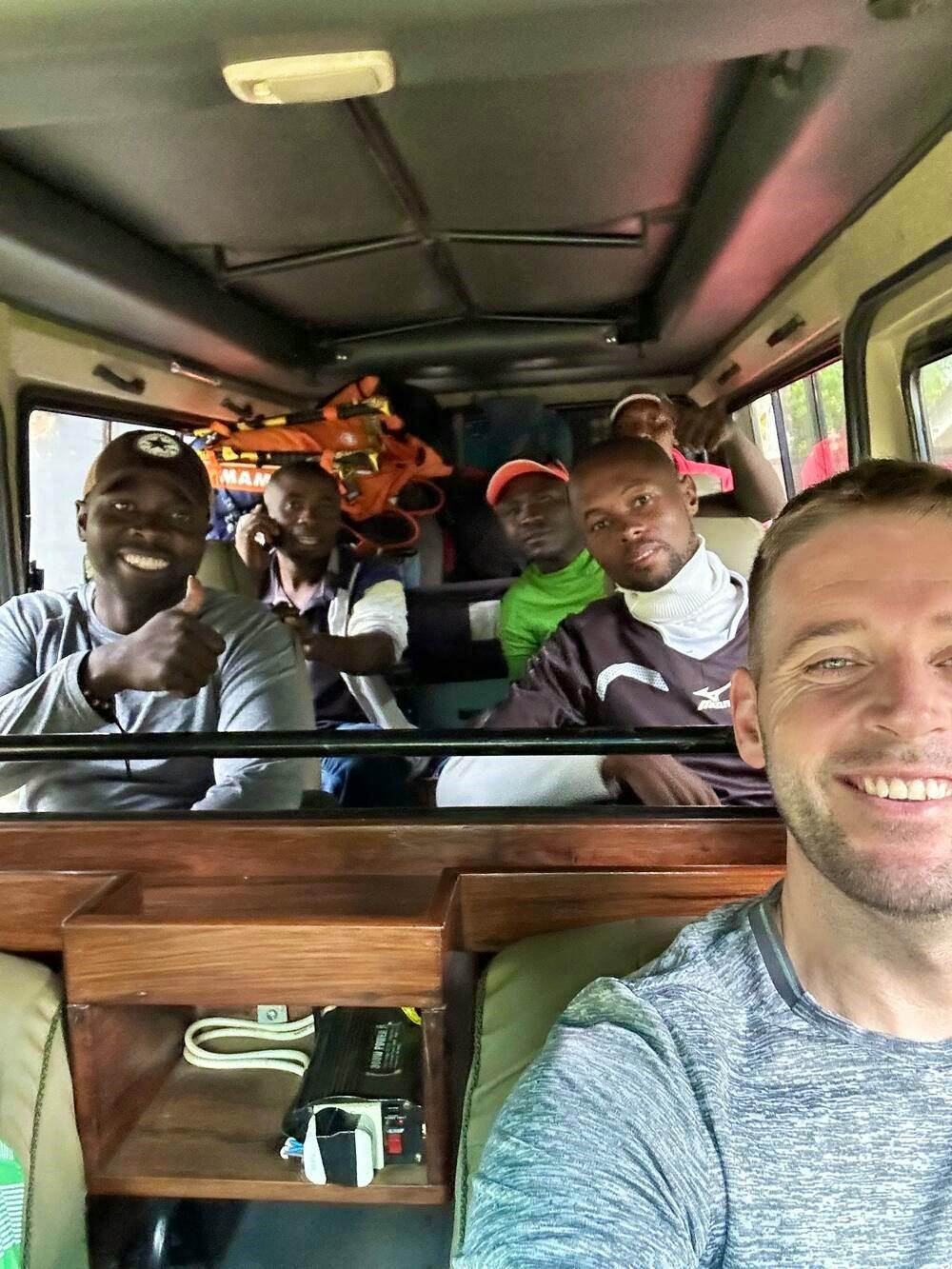
It’s impossible to climb Kilimanjaro without a guide. But, with hundreds of operators to choose from, how do you know you’re hiking with a professional outfit? And why is it so important to hike with a reputable company in the first place?
To answer these questions, I need to give you a bit of context.
The bulk of Kilimanjaro treks are camping expeditions. Everything from sleeping tents to cooking equipment and camping tables have to be carried up and down the mountain. Your amazing mountain crew takes care of this, seeing that nothing is left behind.
Sadly, the Tanzanian government hasn’t always actively regulated porter welfare, so this labour market has seen its fair share of exploitation. Just the National Parks portion of your total Kilimanjaro trip cost comes in around $1,000. So, if you trek with a company that offers a low package price, this is almost certainly funded by unethical labour practices.
Obviously, there’s the safety aspect of it, too. A professional outfit, like the local operators we work with at Skyhook Adventure, have highly qualified guides who have trekked the mountain, if not hundreds of times. They know how to keep you motivated and safe.
Ultimately, you book onto this adventure to reach the summit. It’s not worth cutting corners with guiding companies. They truly make or break the experience.
7. You Risk Getting Summit Fever
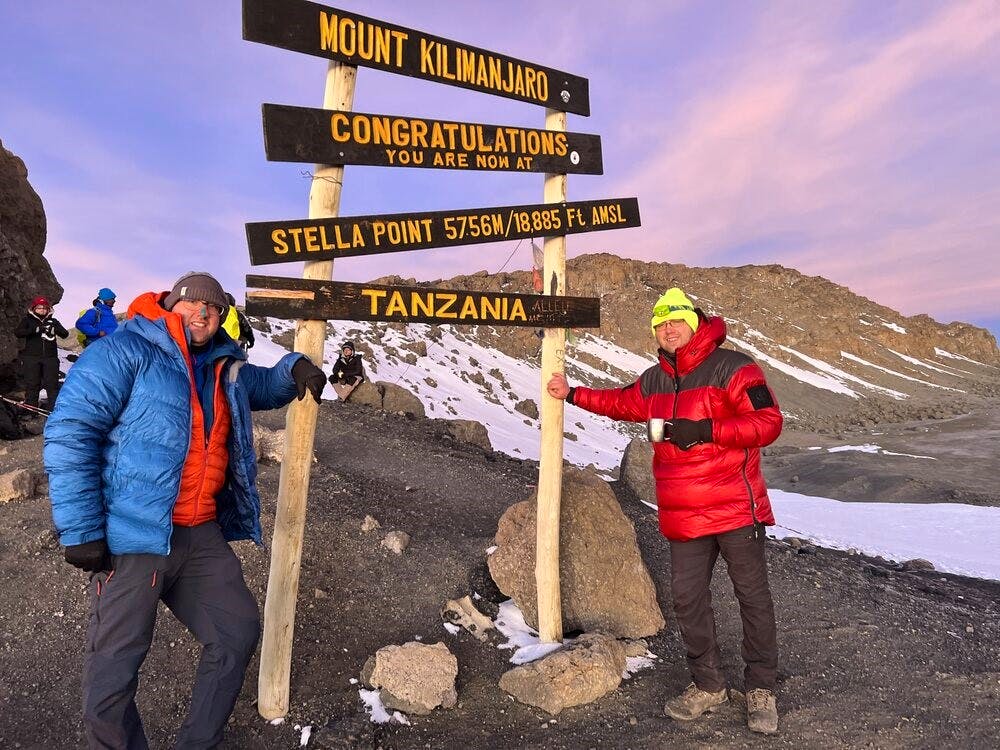
Summit fever gets real on Kilimanjaro! What is it, you ask? This is when you get so fixated on reaching the summit, no matter the cost.
But, as I mentioned already, it’s so important to regularly check in with yourself health-wise. Although it will be hugely disappointing not to reach Uhuru, it’s not worth risking your health over.
If you have symptoms of altitude sickness, tell your guide, who might recommend that you descend.
8. You'll Need Frequent Pee Breaks
No one had prepared me for how many bathroom breaks I'd have to take while climbing Mt Kilimanjaro.
I understand the need to hydrate and prevent altitude sickness. But for some reason, I expected my body to "use up" the fluids for the climb or expel the excess through sweat, not by needing to pee ever so often!
But that's the reality at Kilimanjaro and for good reasons.
Your body's response to the reduced oxygen levels up the mountain includes diuresis, which increases urine production. The body makes up for the lower oxygen levels by shedding excess fluid. And you'll need more breaks if you take AMS medications such as Diamox, which induces diuresis!
While you’re in camp, it’s easy enough as there are portable or camp loos to go to. But, the need will strike while you’re on the trail. When this happens, your only option is to go behind a rock or bush.
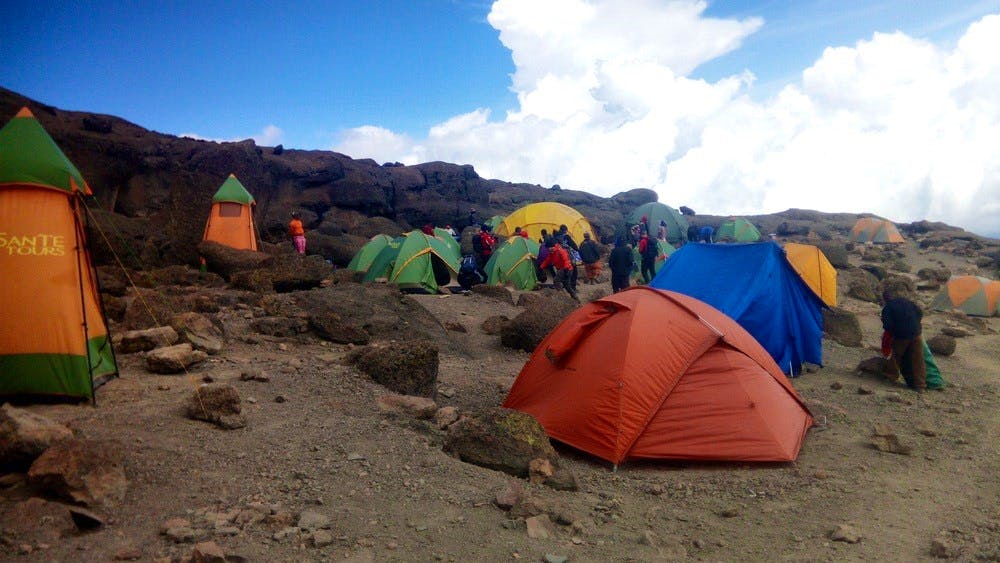
9. Summit Day is Tough But Exhilarating
Without a doubt, the summit day is the toughest day of your trek. A lot of the time, you start trekking at midnight to ensure you reach the summit by sunrise. Trekking in darkness can be disorienting and challenging, even with headlamps.
The climb from camp to Kilimanjaro Uhuru Peak also involves a substantial elevation gain that you need to be prepared for. It becomes even harder to catch a breath because the air is very thin and oxygen levels low at this elevation.
Over the course of the day, you’ll likely be trekking for anywhere between 10 to 15 hours, depending on the route and pace. There’s a definite advantage from the adrenaline and excitement of reaching the summit, but it’s a long time to be on your feet without much sleep.
10. Lip Balm and Sun Lotion are Must-Haves
The frequent weather changes when climbing Mt Kilimanjaro can cause your lips and skin to dry out and chap. So, don’t leave home without a lip balm that has SPF protection.
And in addition to a regular moisturising lotion, carry a broad-spectrum sunscreen with a high SPF and apply it to all exposed skin areas, especially your face, neck, and hands.
You’ll need to reapply this regularly, as the sun's intensity can be deceptive at high altitudes. In addition, wear protective clothing such as a wide-brimmed hat and sunglasses to shield your face and eyes from the sun.
11. Embrace the "Pole-Pole" Hiking Concept

Slow hiking is critical for a successful Kilimanjaro climb. It involves pacing yourself slowly and steadily throughout the ascent. This gives your body time to acclimatise to the diminishing oxygen levels at higher altitudes.
The slow pace also allows you to savour the breathtaking views, unique landscapes, and overall climb experience.
12. Hydrating is Key
It goes without saying that you need to stay hydrated during your hike. If you’re not a regular water drinker, don’t worry; it becomes much easier once you’re on the mountain.
Besides the regular life-sustaining benefits of drinking enough water, adequate hydration while trekking Kilimanjaro ensures that your blood carries enough oxygen to your muscles and vital organs to minimise the risk of altitude-related health issues. When well-hydrated, you also prevent fatigue, chapped lips and skin, and more.
Pro tip: Get a hydration bladder/pack that connects to a hose you can sip on without breaking stride. It’s handy to have one that’s at least 3L so you can drink without having to unhook bottles from your backpack every time you want a sip.
Conclusion
Now you know all about what I wish I knew before climbing Kilimanjaro. To end off, I will say that it’s a once-in-a-lifetime adventure that requires proper planning and preparation.
While I cannot stress the need for physical preparation enough, it's also important to note that much of the summit's success depends on how well-prepared you are mentally.
Expect to learn a lot about yourself on your climb. Most of all, take in every moment and don’t forget about the amazing achievement you’re accomplishing with every step.
Keen to extend your Tanzania holiday after climbing Kilimanjaro? Check out our Tanzania adventures, including a 2 day safari in Tarangire and Ngorongoro.
Find your next adventure
Why Skyhook?
Join over 27,000 Skyhook adventurers who've used our platform to book directly with our vetted local guides, at local prices (we never markup).
Expert Local Guides
Experienced local guides, handpicked by us.
Best Prices
Never pay a markup on the local guide's price.
Exclusive Club
Earn loyalty rewards every time you travel.
Great Social Vibes
Small group tours provide a richer experience.
Stellar Feedback
Over 2,800 reviews, average of 4.9/5 stars.





